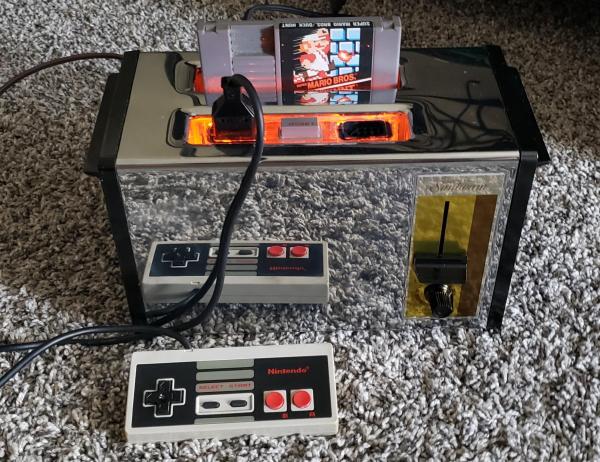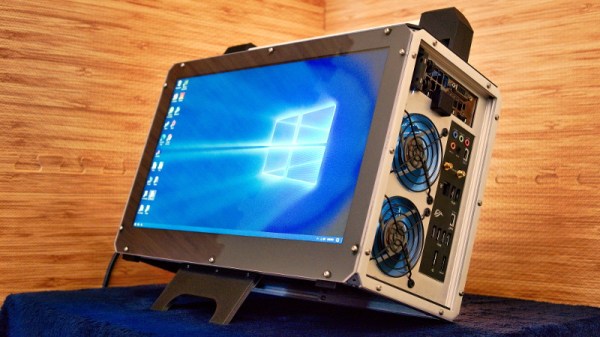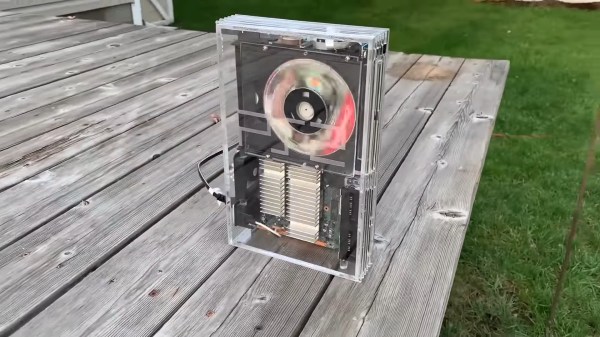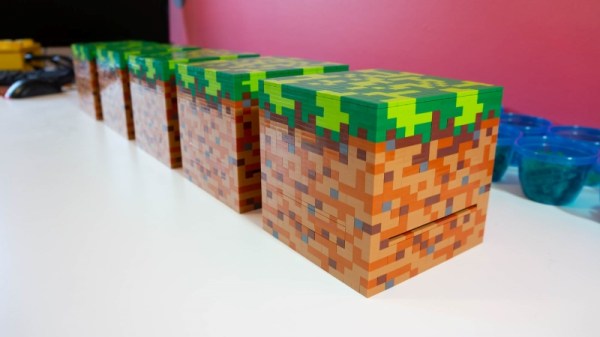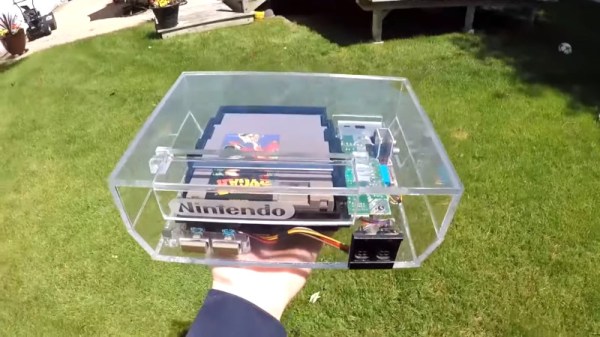If you’re one of today’s lucky 10,000* who have never seen a Nintoaster case mod before, boy are we glad you get to see this one first. [Dizzle813] found a shiny old Sunbeam toaster that looks just like the one we grew up with. Although the original creator made a build video, there is room for improvement in the explanation, and some people prefer reading, anyway. This handy guide references and builds upon [VomitSaw]’s original Nintoaster video.
[Dizzle813] really makes the hard parts look easy, and a build like this seems to be mostly hard parts. Unless you find this exact vintage of Sunbeam, you would have to orchestrate the innards as needed to fit your toaster. The hardest part of all is probably wiring up the 72-pin connector to the NES motherboard, but [Dizzle813] managed to pull it off using 22 AWG solid-core wire and still get everything to flex and fit together. Even still, they broke off a pin trying to ease it into the perfboard, but cutting a hole in the connector and inserting a bodge wire replacement worked just fine.
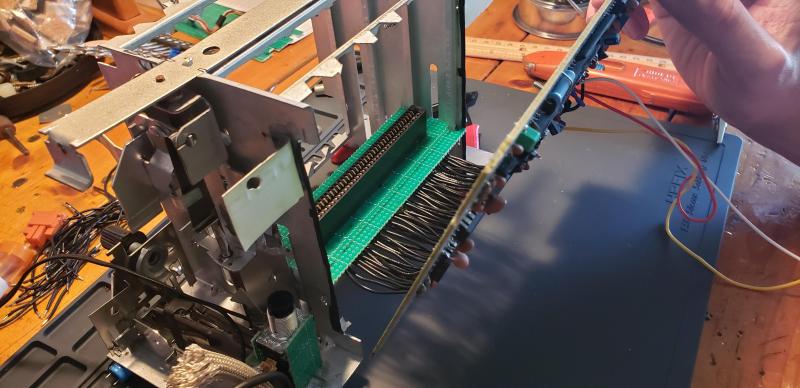 We absolutely love the way this looks and operates, especially with the lever-activated power button and the six orange LEDs inside that are brightness-controlled through the toastiness knob. Be sure to check out the demo after the break.
We absolutely love the way this looks and operates, especially with the lever-activated power button and the six orange LEDs inside that are brightness-controlled through the toastiness knob. Be sure to check out the demo after the break.
Isn’t it great when things are built into other things? Case in point: there’s a laptop hiding inside this printer.

